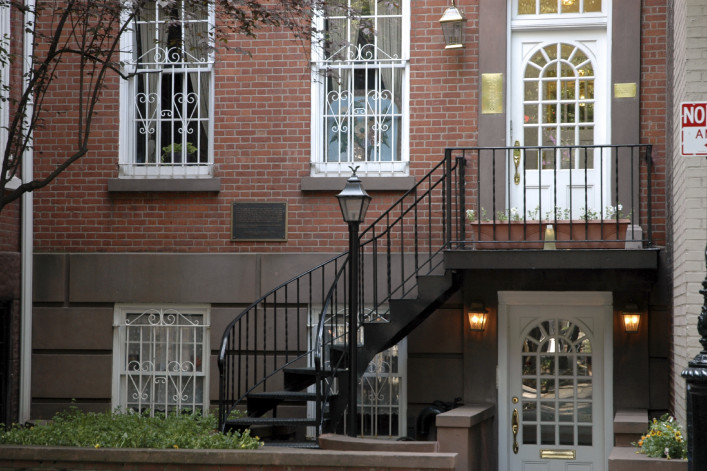Here's how to know if your ground-floor apartment is legal or not

While many New York City apartment listings will use the term "basement" or "cellar" interchangeably to describe a space, there are real differences between the two, points out Brownstoner in a recent story.
For starters, cellars are not inhabitable, according to NYC rules, and a basement must have at least half of its height above curb level; also remember that for a bedroom to be legal, it must have a window, and a ceiling must be at least seven feet tall.
But don't worry, if you're living in a classic, garden-floor brownstone apartment, chances are your place passes muster. "As there are only typically a few steps down to that floor, 50 percent of the floor-to-ceiling height is usually above grade, and thus meets the requirements of being a basement," reports Brownstoner. "There is also likely a cellar below with building mechanicals."
Less than ideal: "a low-stoop house (such as a limestone and typical circa-1900 two-families)," where "legality may be more ambiguous. The under-stoop floor may be the lowest level of the house, and may contain the building mechanicals."
Signs of trouble include a lack of windows, small windows, or really low ceilings, according to the Department of Buildings website.
For more on living at ground level, check out our story on why it doesn't completely suck to live on the ground floor, our primer on what to think about when considering a ground-floor apartment, and the lowdown on first-floor/basement duplexes.
Related:
My apartment is illegal. Can I get my broker's fee back?
Super living in an illegal basement apartment? Don't go there.






















